
Lexus and by extension Toyota have been in the business of using electrified power for their cars for a long time now, with the Prius being famously known as the world’s first mass-produced hybrid vehicle.

But it has taken them an even longer time to go fully electric, falling behind their German and Korean counterparts. We recognise this very well as the Japanese style of slow decision-making and making sure all ducks are in a row before something new goes to market. When it debuts though, it usually is a very good product.

Interestingly, Lexus decided the UX will be the base for its first electric car. Built on the GA-C platform that’s shared with the Toyota C-HR and Corolla in the compact class, the brand has taken a “bottom up” rather than a “top down” approach like Tesla, Porsche or Audi.

In terms of looks at least, it has played it safe. The UX300e takes on the controversial lines of the standard car, with many slats and slashes no matter where you look. It could be described as modern, but I am curious if it will stand the test of time.
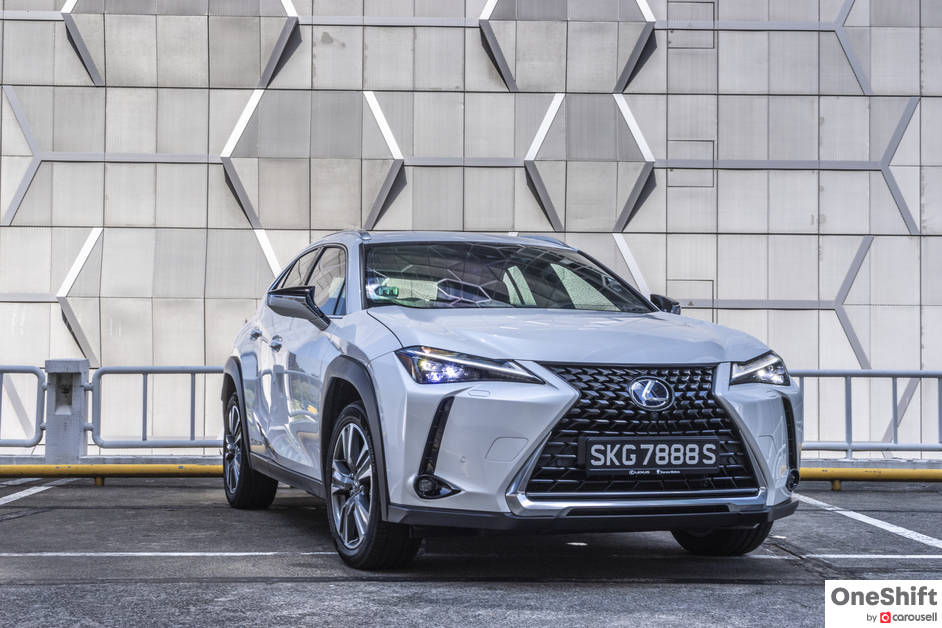
Body cladding gives it a faux off-roader look, but this front-wheel driven EV is very much at home on the road only. While the front is a now-familiar Lexus face, the rear really takes some getting used to with unexpected creases and a single light strip dominating the whole fascia. The only clue to its EV internals is the ‘Electric’ lettering on the bottom of the rear doors.
There’s often a sense of warmth getting into a modern Lexus, and it’s no different here. It is an inviting place with soft touch materials in all the right places (especially where the left knee meets the centre console). On the centre console is a large swathe of Japanese paper grain material called Washi, which is curious to look at and touch. The soft leather on the seats is inspired by a traditional Japanese quilting technique called Sashiko and really does look sophisticated and well-made.
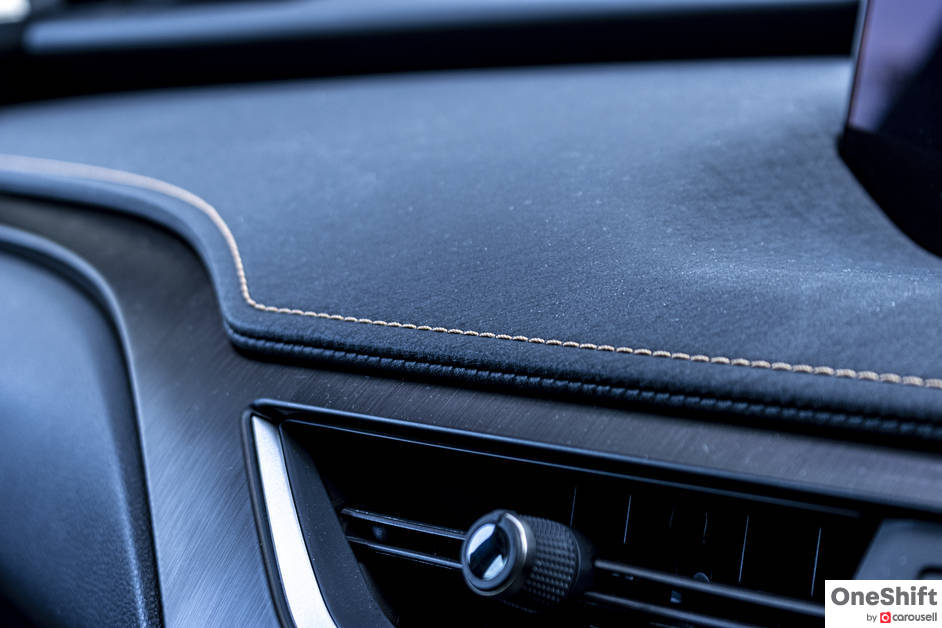
However, it is an annoyance that the lovely infotainment screen isn’t touch-sensitive, so everything is exclusively controlled from the trackpad. It is at best a novelty.

Again, like the exterior, there is nothing much to giveaway that this is the electric variant. There’s even a conventional fuel gauge that shows charge, as well as paddle shifters thst actually control regeneration. However, rear passengers may notice the higher floor which is set higher by 54mm than the standard UX to store batteries underneath. It’s definitely noticeable especially when legroom and headroom is already at a premium. Boot space is also very small but is unchanged from the standard UX.
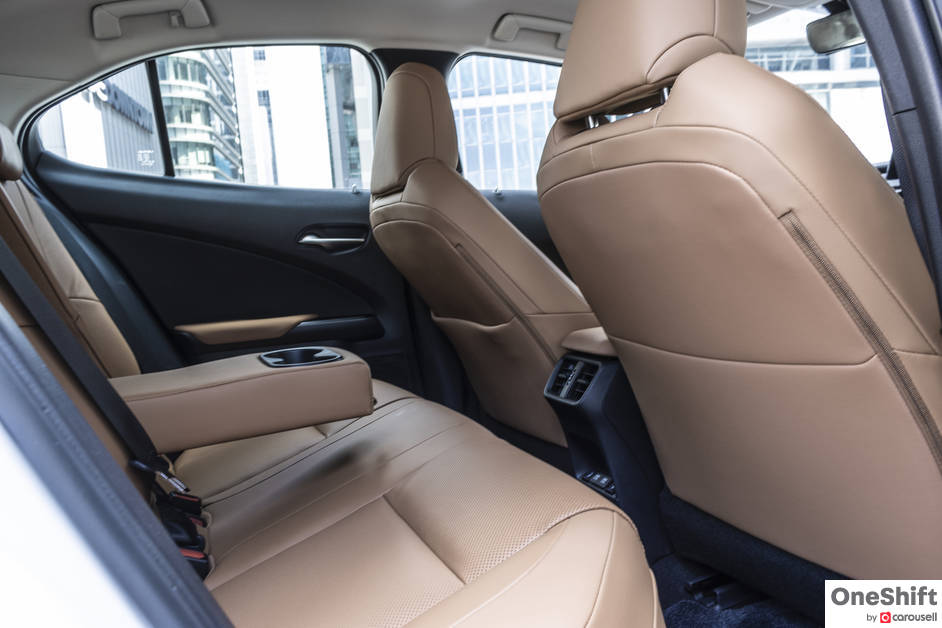
Like every good EV, there is an incredible amount of on-tap power. The equivalent of 201 bhp and 300 Nm is available which is plenty enough to bring the car from 0-100 km/h in 7.5 seconds. In fact, the drawback of FWD is acutely felt here as the front wheels are often struggling for traction on hard acceleration. Drive gently though and it is how the car is best enjoyed.
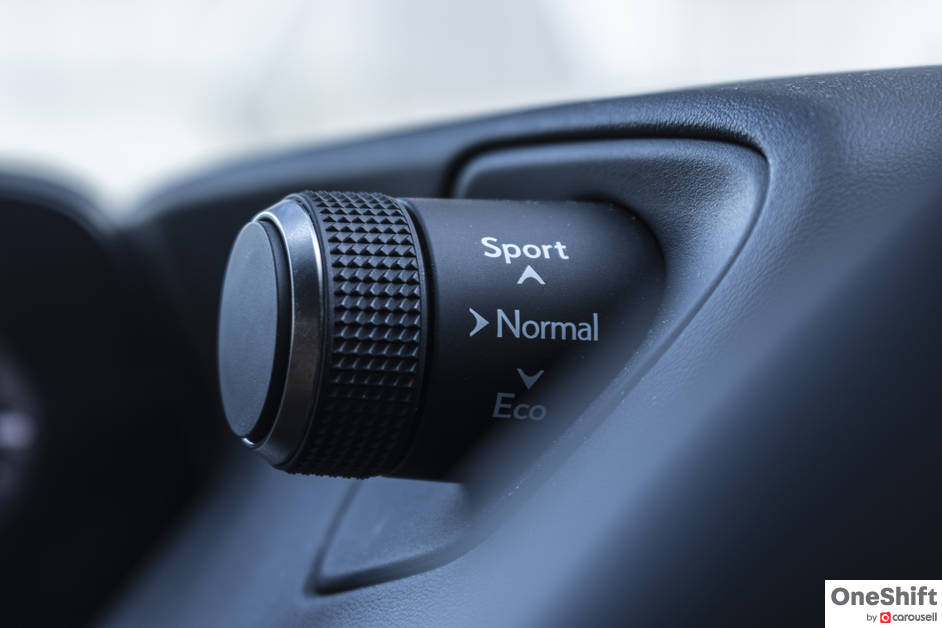
It should help save your time between charges too. Range is a claimed 300 km on the WLTP cycle, but do note that once the A/C is activated this is immediately reduced to ~265 km on the trip computer. This is a fair bit below what can be achieved by mainstream alternatives (~400-500 km). Two ports are available for charging, a CHAdeMO DC (50kW) and a more common Type 2 AC (6.6kW). The former is currently not compatible with the mainstream charger providers (e.g. SP Group) in Singapore while it takes 6-8 hours to fully charge the car from flat with the latter.

Drivetrain aside, the car handles very tidily. There is a lot of enthusiasm for corners and decently weighted steering, predictable regenerative braking and instant torque all help to make it a fun experience. Your passengers might not enjoy it quite so much though as the UX300e rides stiffer than you would expect of a Lexus, probably partly due to its short wheelbase.
We are glad that Lexus has joined the electric bandwagon, and with the UX300e it has proven it can implement it in a subtle, beneath-the-surface manner that would please those hesitant to do the switch. Unfortunately, its range is below average and CHAdeMO DC charging options are simply not available at the moment - so make sure you have got a charger at home.

Traction would be much better with an AWD option, and it’s nice if the UX300e could ride like any of the latest IS models, if we can wish!
Credits: Text by James Wong; Photos by Clifford Chow
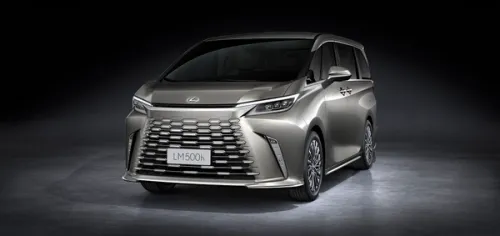






- Convenient and Hassle-Free
- Consumer Protection
Transparent Process
With No Obligation


Get the Best Price for your used car
from 500+ dealers in 24 hours









